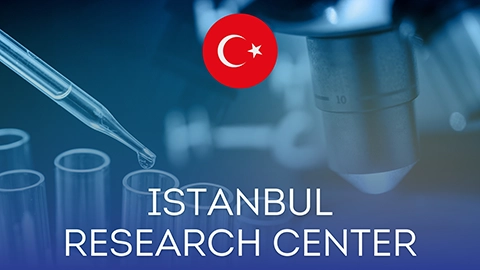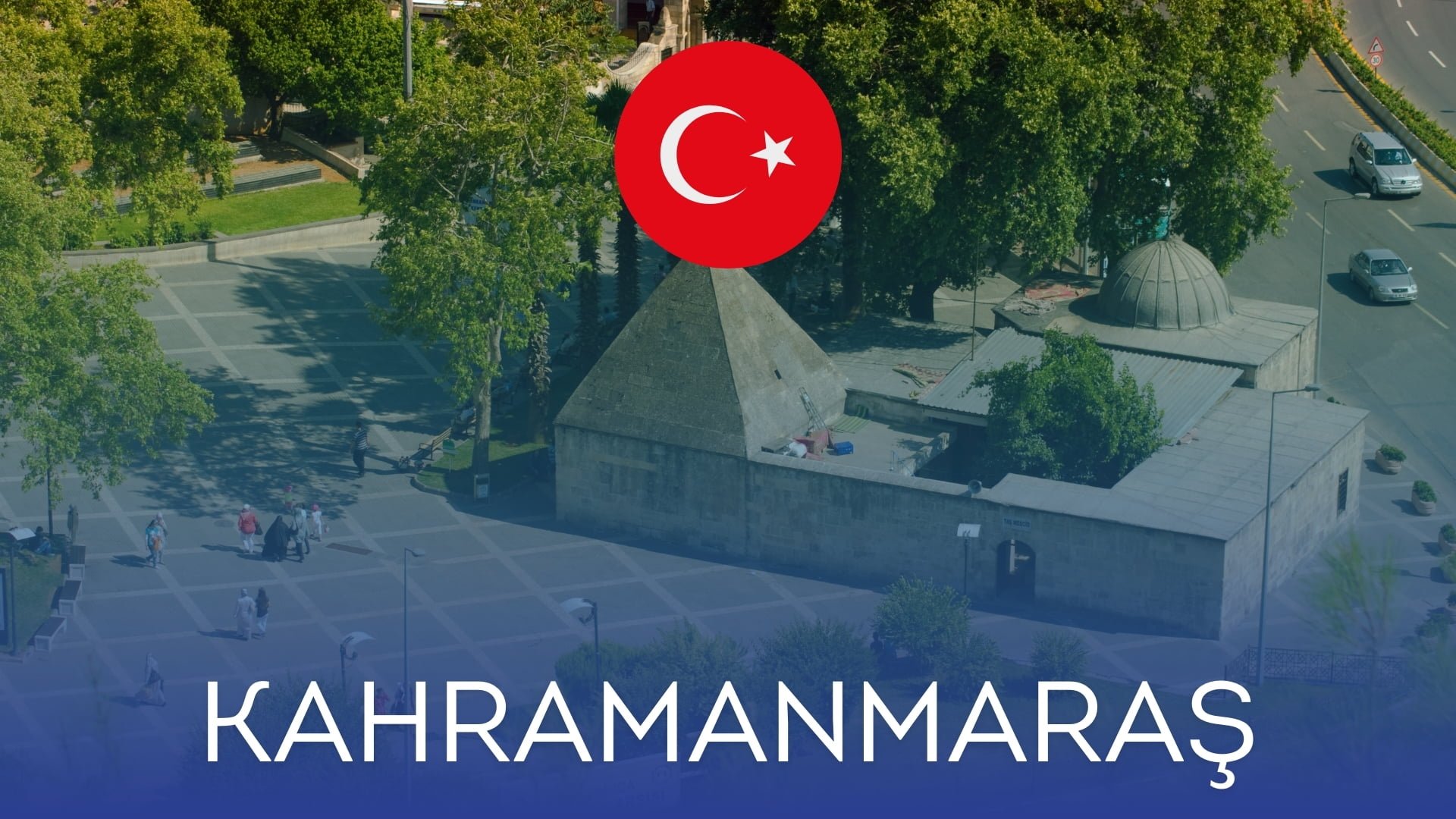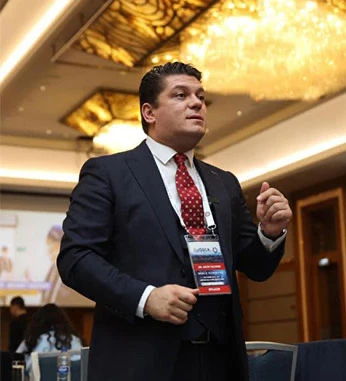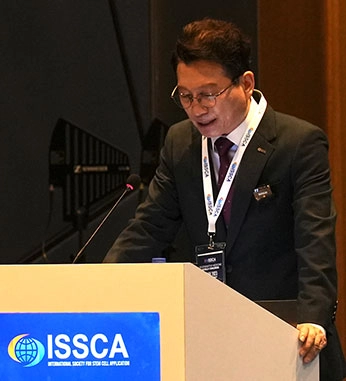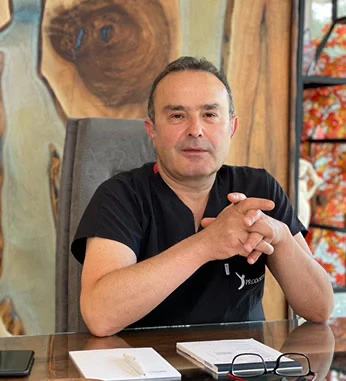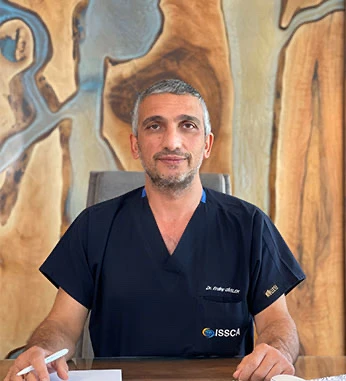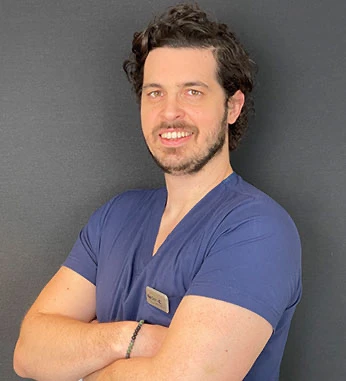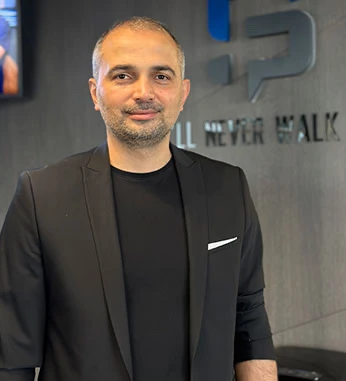What is the Sharp Eye Program?
ReGen Sharp-Eye Program targets to revolutionize treating eye disorders by regenerating damaged parts of the eye, such as the retina, optic nerve, and cornea by applying stem cells. This innovative approach offers hope for conditions previously deemed untreatable, potentially restoring vision through cellular replacement and regeneration.
What is Stem Cell ?
A stem cell is a precursor cell that is not functionally differentiated and has not completed its maturation process. Simply put, it is the purest, most basic form of the cell. This precursor cell has the ability to transform into other cells in the human body. Stem cells can spontaneously settle into a suitable growth environment; They can proliferate, differentiate into other types of cells and produce species that are continuations of this type; They can renew themselves or maintain their own cell communities.
How Does It Function ?
They also have the potential to repair tissue following injury to a part of the body and make it functional. Because of this potential, they can replace or repair damaged cells in the retina. Their existing properties have led to the research and use of stem cells as a treatment option in many diseases.
Effect Mechanisms of Stem Cell
Cell Replacement (Mostly Embryonic Stem Cells): Healthy stem cells can replace degenerated unhealthy stem cells.
Nutritional Support (Mostly Mesenchymal Stem Cells): Healthy stem cells increase the life support of surrounding cells by secreting growth factors. MSCs act through this mechanism.
Stem cell applications are mostly used in the
The treated retinal diseases include retinitis pigmentosa (colloquially known as night blindness), Stargardt’s macular dystrophy, especially the dry type of age-related macular degeneration (yellow spot disease) and other degenerative retina diseases. Optic nerve diseases include optic atrophy conditions resulting from glaucoma, idiopathic, traumatic, hereditary, or other causes. In these diseases, if a result cannot be obtaine with the classical treatment methods and the disease continues to progress, the stem cell therapy can be applied.
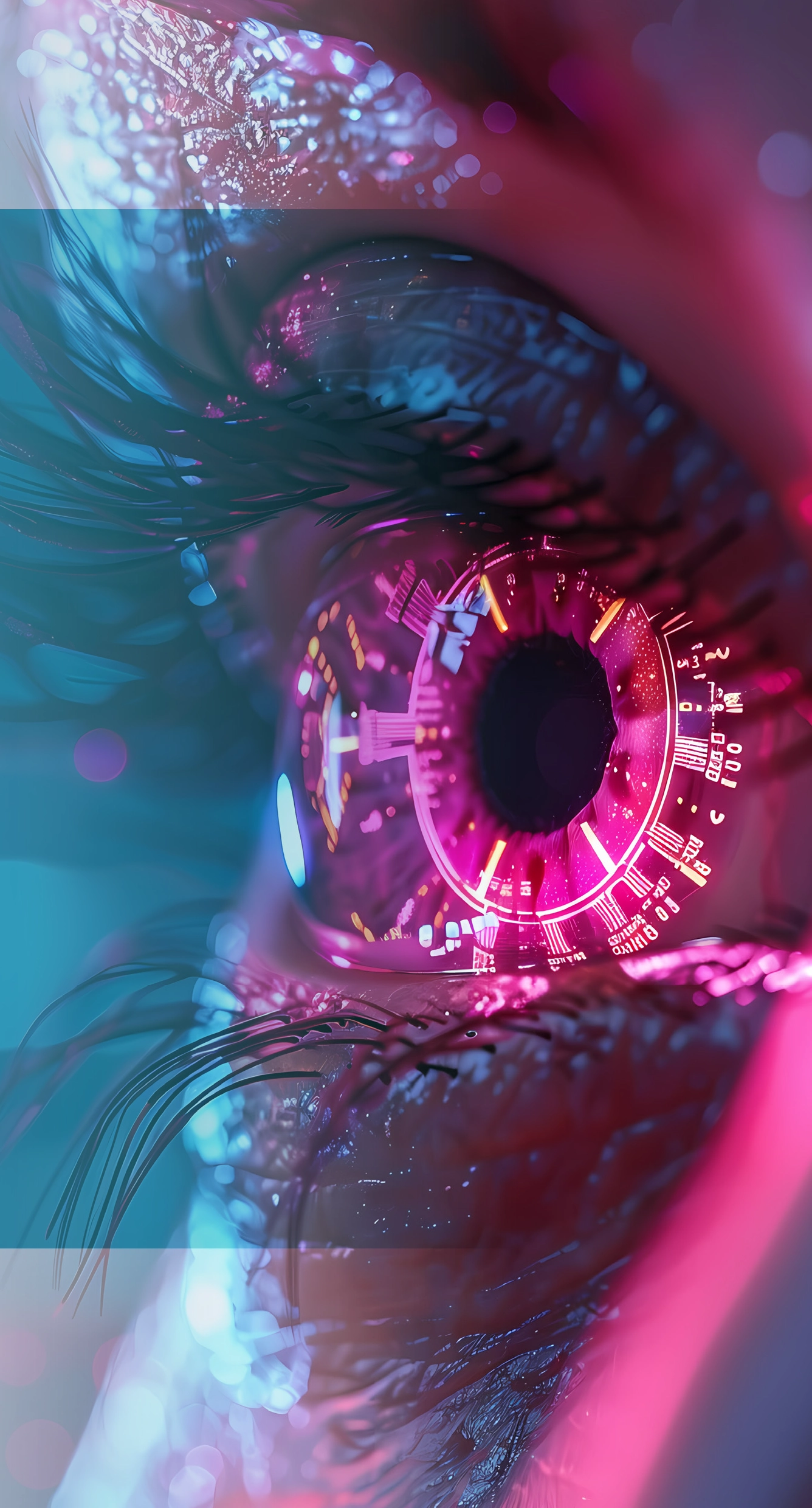
HOW IS STEM CELL TRANSPLANTATION PERFORMED IN EYE DISEASES?
Stem cell application is basically done in 4 ways.
• Subretinal application: It is applied under the retina following vitrectomy surgery. It is an intraocular application.
• Intravitreal application: It is administered by injection directly into the eye without vitrectomy.
• Suprachoroidal application: A pocket is prepared outside the eye and it is applied under the tissue called choroid located under the retina.
• Subtenon application: It is injected with a needle into the layer called Tenon, which is located outside the eye.
In intraocular applications (subretinal and intravitreal), the effectiveness is high, but the risk of complications is also high. The risk of complications is minimal in suprachoroidal and subtenon applications performed outside the eye.
After the application, there may be stinging, itching and redness in the eye and eye swelling for a few days. These complaints can be alleviated and removed with medications. You may have stinging complaints due to the stitch in your eye. This stitch will dissolve and fall out by itself in 2-3 weeks. You can go back to your normal life 3 days after the application. As with all eye surgeries, after the surgical operation, complications such as elevated eye pressure, infection, pain during eye movements, swelling on the lids, retinal edema, vitreous hemorrhage, detachment and decreased vision can be seen albeit very rarely. If a possible complication develops, addi-
tional procedures and treatments may be required for the correction of the complication. The high amount of growth factors secreted after the stem cell application may stimulate the retina and optic nerve cells and cause different images.
After the application, some patients may have problems such as seeing in blue, red, yellow, and grey tones that last for several months. In addition to this, there may be occasional complaints of blurred vision, tingling in the eye and shimmering vision. It is expected that these complaints will decrease and disappear over time. The possibility of causing any infection or an allergic reaction of the used MSCs is extremely low. These cells are tested for all kinds of infections. The stem cells used do not carry the antigens (HLA) causing the tissue rejection and therefore the risks of developing a tissue rejection reaction are very low. The potentials of the MSCs to transform into tumors is extremely low. Until today, no tumor formation has been reported in any patient who has been treated with a MSC application in the medical literature.
In ReGen Sharp-Eye Program, mesenchymal stem cells (MSC) are preferred as the cell type. Umbilical cord, fat tissue or bone marrow can be used as the source. The most preferred among these is the umbilical cord-derived mesenchymal stem cell due to its high potential.
As for the application method in ReGen Sharp-Eye, suprachoroidal and/or subtenon application is preferred because it is safer and does not interfere with other treatments to be performed later .
The surgical procedure can be performed with general or local anesthesia, depending on the patient’s wishes. The surgery can be performed on one eye or both eyes in the same session, depending on the patient’s wishes. After the surgery, the patient is treated with drops for 1 month. Checks are made on the 1st day, 1st week, 3rd month and 6th month after the surgical procedure. Thereafter, follow-ups are continued every 6 months. During follow-ups, visual field, Optical Coherence Tomography and, if necessary, electrophysiology tests are performed.
What is Stem Cell ?
A stem cell is a precursor cell that is not functionally differentiated and has not completed its maturation process. Simply put, it is the purest, most basic form of the cell. This precursor cell has the ability to transform into other cells in the human body. Stem cells can spontaneously settle into a suitable growth environment; They can proliferate, differentiate into other types of cells and produce species that are continuations of this type; They can renew themselves or maintain their own cell communities.
How Does It Function ?
They also have the potential to repair tissue following injury to a part of the body and make it functional. Because of this potential, they can replace or repair damaged cells in the retina. Their existing properties have led to the research and use of stem cells as a treatment option in many diseases.
Effect Mechanisms of Stem Cell
Cell Replacement (Mostly Embryonic Stem Cells): Healthy stem cells can replace degenerated unhealthy stem cells.
Nutritional Support (Mostly Mesenchymal Stem Cells): Healthy stem cells increase the life support of surrounding cells by secreting growth factors. MSCs act through this mechanism.
Stem cell applications are mostly used in the
The treated retinal diseases include retinitis pigmentosa (colloquially known as night blindness), Stargardt’s macular dystrophy, especially the dry type of age-related macular degeneration (yellow spot disease) and other degenerative retina diseases. Optic nerve diseases include optic atrophy conditions resulting from glaucoma, idiopathic, traumatic, hereditary, or other causes. In these diseases, if a result cannot be obtaine with the classical treatment methods and the disease continues to progress, the stem cell therapy can be applied.
WHAT IS THE EFFECT OF REGEN SHARP-EYE STEM CELL APPLICATION AND HOW LONG DOES IT LAST?
The main purpose of stem cell application is to stop the progression of the disease. It is not a treatment that completely cures the disease. Improved vision and visual field expansion may occur in 60% of treated patients. In 5-10% of patients, treatment may be of no benefit and the disease may continue to progress. (The rest of the patients will remain stable) The better the vision is before surgery, the greater the increase in vision after it. With treatment, enlargement of the visual field and improvement in retinal functions can be observed. The earlier the treatment is performed, the better the result. Today, the longest followed patient group has a 5-year follow-up. Therefore, it is thought that the effect of the treatment may continue for an average of 5 years. The duration of effect may also be shorter depending on the severity of the disease.
ReGen Experience
We create standarts & deliver world-class stem cell services
“Stem Cell Therapy for Autism”
“Spinal Cord Injury”
“Hair Transplantation”
“Skin Rejuvenation”
“Combat & Reconstructive Surgery”
“Pain Treatment”
“PRP Treatment”
“Anti Aging”
ReGen Experience
We create standarts & deliver world-class stem cell services
“Stem Cell Therapy for Autism”
“Spinal Cord Injury”
“Hair Transplantation”
“Skin Rejuvenation”
“Combat & Reconstructive Surgery”
“Pain Treatment”
“PRP Treatment”
“Anti Aging”
Global Team
Our global team members are connected to a ReGen database that is created and updated by our international scientific board.
How can Stem Cells help me ?
Improve your health, enrich your life.









